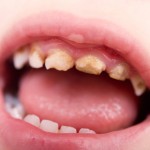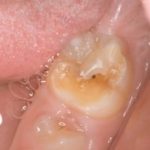
This review of the the potential impact of prenatal Vitamin D levels on enamel defects and tooth erosion included 7 studies. While the findings suggest an association between Vitamin D and emamel defects the studies varied in relation to the study designs, Vitamin D assessment methods, enamel defect assessment, and demographic characteristics of the populations studied so the findings should be interpreted very cautiously.
[read the full story...]


